Assembly Rules #
“Assembly standing committees have the authority to investigate any subject matter customarily within the jurisdiction of the committee. This Part describes the general authority of a committee to investigate and the authority to issue subpoenas.
“GENERAL AUTHORITY TO INVESTIGATE
“A standing committee’s authority to conduct oversight and investigate is inherent to the legislative process and is recognized in the Joint Rules of the Legislature. However, the power to investigate is not absolute. It is generally limited to obtaining information on matters that fall within the proper field of legislative action, such as the administration of existing laws or need for new laws. In addition, an investigation may be made only as authorized by the Assembly or upon motion of the chairperson with a majority vote approval by the committee. [State ex rel. Rosenhein v. Frear, 138 Wis. 173, 176-77 (1909).]
“Examples of ways in which a legislative committee may exercise its inherent authority to oversee and investigate state agency activities include: (1) holding committee meetings and informational hearings; (2) appointing subcommittees to perform studies and investigations by subcommittees; (3) submitting information requests; (4) conducting studies and investigations; or (5) issuing subpoenas. [See Assembly Rules 11 (2) and 14 (1); Joint Rule 84 (3); ss. 13.31 and 13.45 (7), Stats.]
“Issuance of Subpoenas
“A standing committee’s investigative authority includes the power to issue subpoenas. Subpoenas may compel witnesses to testify at a committee meeting or produce records and documents to the committee. Although a standing committee has general authority to investigate a matter, the committee may issue subpoenas only if the committee is specifically authorized to investigate a particular matter.
“A standing committee’s authorization to investigate a matter should precisely define the area of investigation. In addition, the authorization should: (1) define the subject of the investigation with sufficient clarity to afford witnesses appearing before the investigating committee a reasonable basis for judgment as to whether a particular question is pertinent to the subject matter under investigation; and (2) establish the state’s interest in making such an investigation by showing a substantial relationship between the information sought and a compelling state interest or concern. These two elements are necessary for the Assembly to enforce a subpoena and find a subpoenaed witness in contempt for refusing to attend or testify.
“[s. 13.31, Stats.; and Goldman v. Olson, 286 F. Supp. 35, 43 (W.D. Wis. 1968).]
“A subpoena should refer to the authorization of the committee to investigate; state the nature of the investigation; and state where, when, and before whom the witness is required to appear and, if applicable, produce records and documents. A subpoena must be signed by the Assembly Speaker and Chief Clerk, and it may be served by any person and must be returned to the Chief Clerk.
“[ss. 13.31 to 13.33, Stats.; and Assembly Rules 3 (1) (o) and 5 (1) (j).]
“The subpoena power has been rarely used in practice. When used, it has typically been a ‘last resort’ option, after a standing committee has requested the appearance of a witness or the production of records and documents and those requests have been refused.
“Testimony From Witnesses
“A legislator who is a member of the investigating committee may administer the oath to a witness in a matter before the committee.
“Any compelled testimony or evidence, or evidence derived from that compelled testimony or evidence, provided by a subpoenaed witness may not be used in a criminal or forfeiture prosecution (except perjury regarding the witness’s testimony).
“If a witness refuses to appear, testify, or produce records and documents pursuant to a subpoena from an authorized investigatory committee, the witness may be found in contempt by the Assembly. The committee chairperson certifies, to the Assembly, a witness’s refusal to appear, testify, or produce records and documents.
“[ss. 13.26 (1) (c), 13.27, 13.34, 13.35, 13.45 (6), and 972.085, Stats.]” (Assembly Committee Procedures and Powers, 2023-25 Legislative Session).
Senate Rules #
“Standing committees review legislation, nominations for appointments, and proposed administrative rules and occasionally perform other functions at the discretion of the chairperson.”
“Review Legislation and Nominations for Appointments
“A standing committee reviews bills, resolutions, and joint resolutions and nominations for appointments referred to the committee and makes recommendations to the full Senate about their disposition.
“Review Administrative Rules
“A standing committee reviews proposed administrative rules referred to the committee and may object to a rule or request modifications to a rule.
“Conduct Oversight
“A standing committee may inquire into, or conduct hearings on, matters within the subject matter jurisdiction of the committee.
“[Senate Rules 20, 22, 25, and 27; and Joint Rule 84 (3)]” (Senate Committee Procedures and Powers, 2023-25 Legislative Session).
“Senate standing committees have the authority to investigate any subject matter customarily within the jurisdiction of the committee. This Part describes the general authority of a committee to investigate and the authority to issue subpoenas.
“GENERAL AUTHORITY TO INVESTIGATE
“A standing committee’s authority to conduct oversight and investigate is inherent to the legislative process and is recognized in the Joint Rules of the Legislature. However, the power to investigate is not absolute. It is generally limited to obtaining information on matters that fall within the proper field of legislative action, such as the administration of existing laws or need for new laws. In addition, an investigation may be made only as authorized by the Senate or upon motion of the chairperson with a majority vote approval by the committee. [State ex rel. Rosenhein v. Frear, 138 Wis. 173, 176-77 (1909).]
“Examples of ways in which a legislative committee may exercise its inherent authority to oversee and investigate state agency activities include: (1) holding committee meetings and informational hearings; (2) appointing subcommittees to perform studies and investigations by subcommittees; (3) submitting information requests; (d) conducting studies and investigations; or (e) issuing subpoenas. [Joint Rule 84 (3); ss. 13.31 and 13.45 (7), Stats.]
“Issuance of Subpoenas
“A standing committee’s investigative authority includes the power to issue subpoenas. Subpoenas may compel witnesses to testify at a committee meeting or produce records and documents to the committee. Although a standing committee has general authority to investigate a matter, the committee may issue subpoenas only if the committee is specifically authorized to investigate a particular matter.
“A standing committee’s authorization to investigate a matter should precisely define the area of investigation. In addition, the authorization should: (1) define the subject of the investigation with sufficient clarity to afford witnesses appearing before the investigating committee a reasonable basis for judgment as to whether a particular question is pertinent to the subject matter under investigation; and (2) establish the state’s interest in making such an investigation by showing a substantial relationship between the information sought and a compelling state interest or concern. These two elements are necessary for the Senate to enforce a subpoena and find a subpoenaed witness in contempt for refusing to attend or testify.
“[s. 13.31, Stats.; and Goldman v. Olson, 286 F. Supp. 35, 43 (W.D. Wis. 1968).]
“A subpoena should refer to the authorization of the committee to investigate; state the nature of the investigation; and state where, when, and before whom the witness is required to appear and, if applicable, produce records and documents. A subpoena must be signed by the Senate President and Chief Clerk, and it may be served by any person and must be returned to the Chief Clerk.
“[ss. 13.31 to 13.33, Stats.; and Senate Rule 44.]
“The subpoena power has been rarely used in practice. When used, it has typically been a ‘last resort’ option, after a standing committee has requested the appearance of a witness or the production of records and documents and those requests have been refused.
“Testimony From Witnesses
“A legislator who is a member of the investigating committee may administer the oath to a witness in a matter before the committee.
“Any compelled testimony or evidence, or evidence derived from that compelled testimony or evidence, provided by a subpoenaed witness may not be used in a criminal or forfeiture prosecution (except perjury regarding the witness’s testimony).
“If a witness refuses to appear, testify, or produce records and documents pursuant to a subpoena from an authorized investigatory committee, the witness may be found in contempt by the Senate. The committee chairperson certifies, to the Senate, a witness’s refusal to appear, testify, or produce records and documents.
“[ss. 13.26 (1) (c), 13.27, 13.34, 13.35, 13.45 (6), and 972.085, Stats.]” (Senate Committee Procedures and Powers, 2023-25 Legislative Session).







